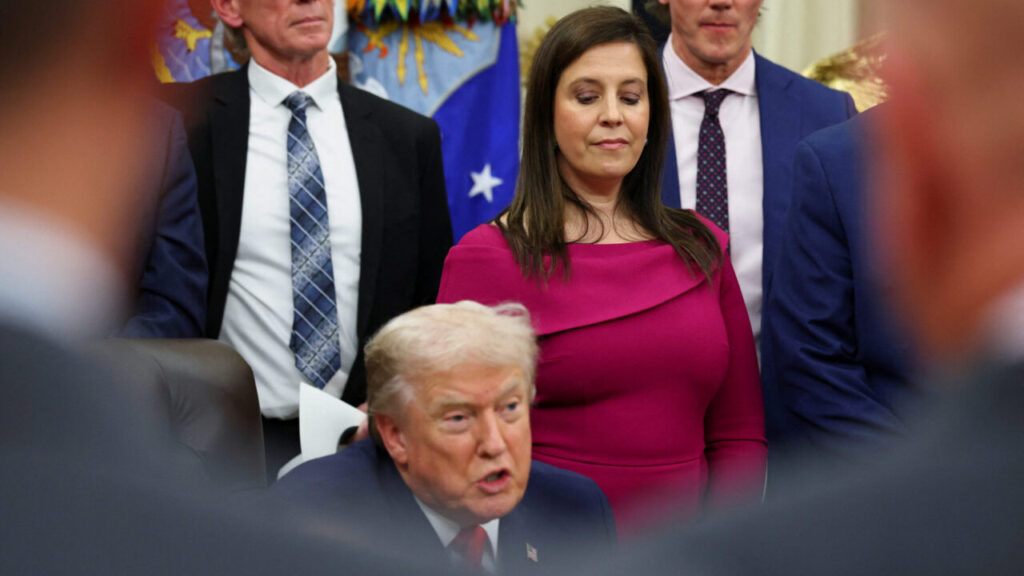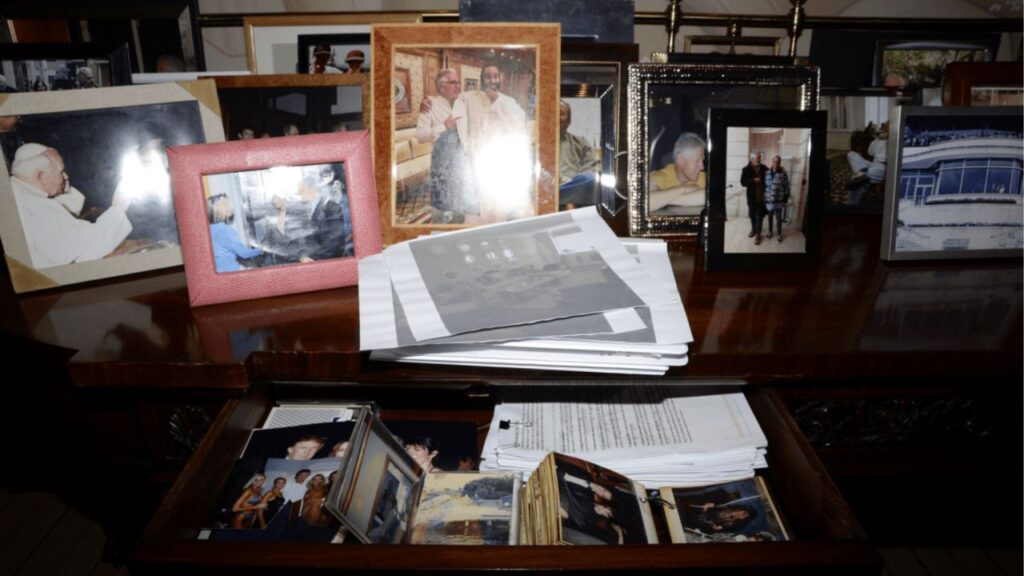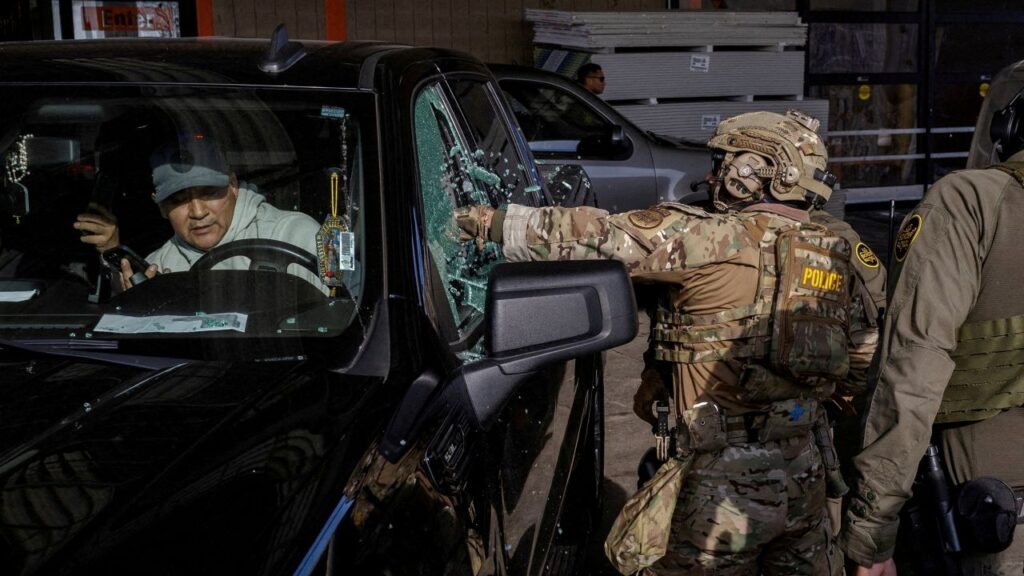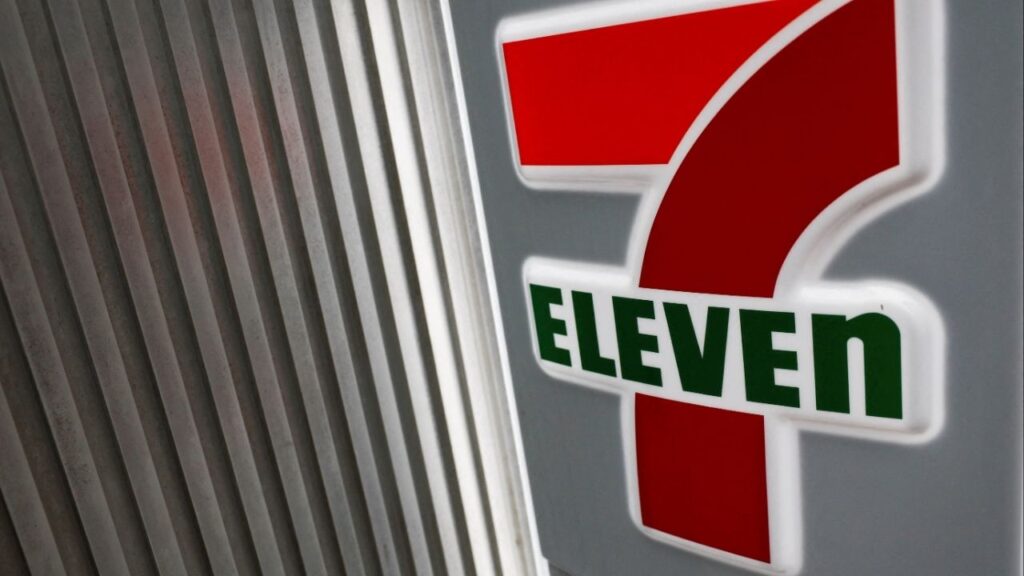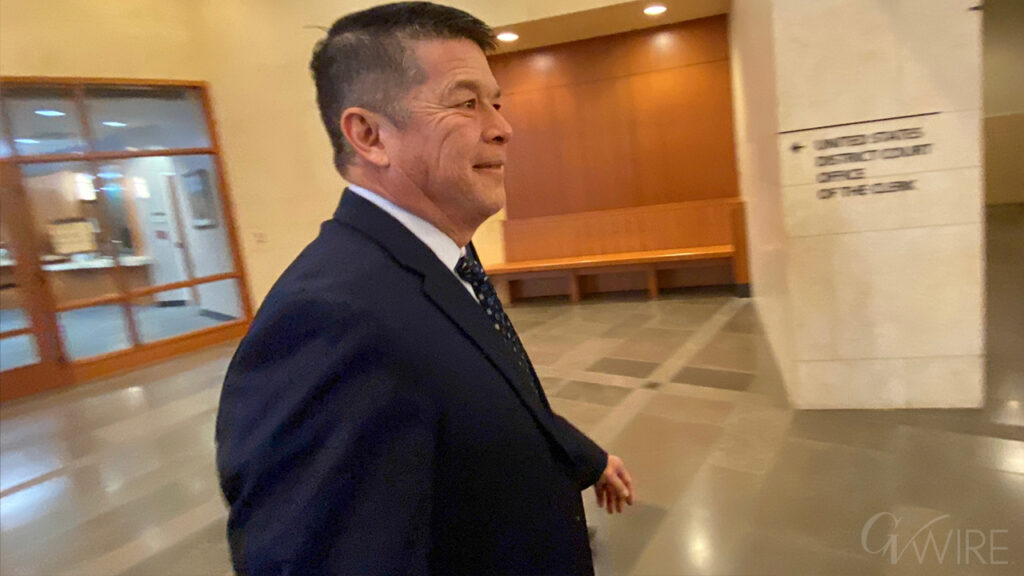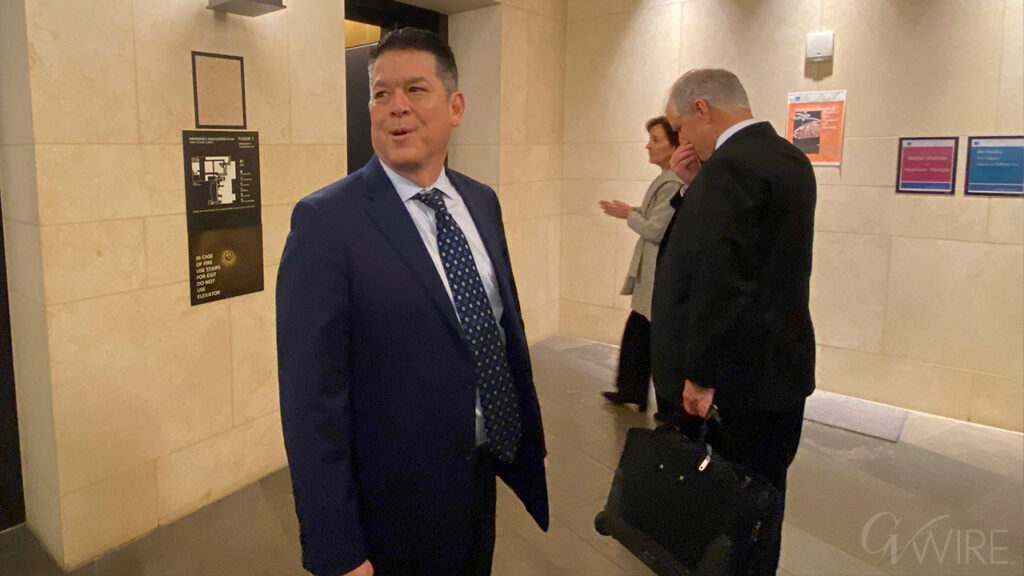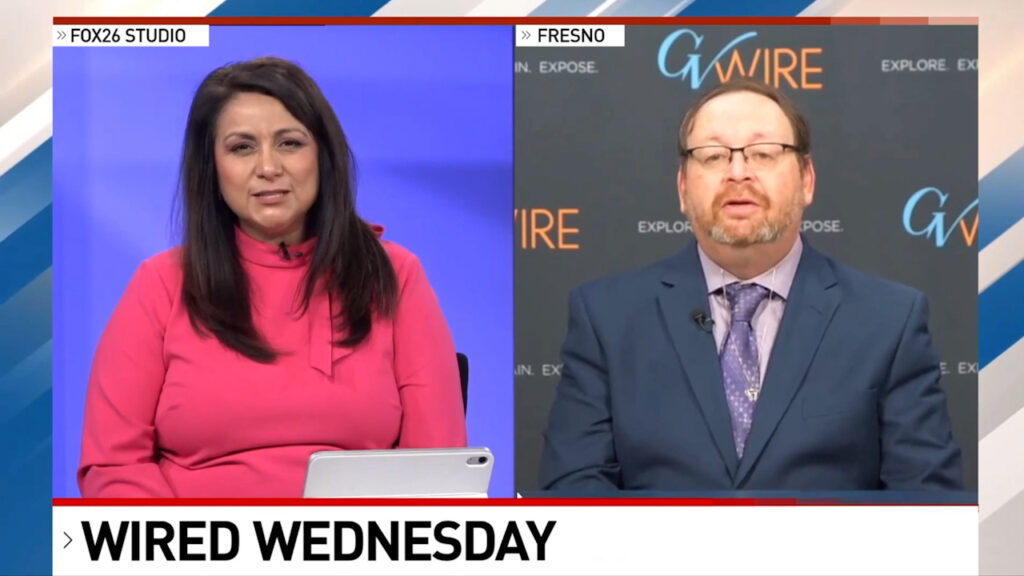In an image provided by Maxar Technologies the destroyed buildings at Isfahan Nuclear Technology Center, after it was hit by United States airstrikes, in Isfahan, Iran, June 22, 2025. Israel has concluded that some of Iran’s underground stockpile of near-bomb-grade enriched uranium survived American and Israeli attacks in June and may be accessible to Iranian nuclear engineers, according to a senior Israeli official. (Satellite image ©2025 Maxar Technologies via The New York Times)

- Israel believes Iran retained some enriched uranium despite U.S.-Israeli strikes; secret nuclear efforts triggered Israeli plans for possible solo action.
- American and Israeli officials agree Iran’s key centrifuges were destroyed, but fear hidden sites could restart nuclear activity in secret.
- Iran expelled IAEA inspectors post-strike, prompting fears it will decentralize nuclear efforts into covert workshops undetectable by global monitors.
Share
|
Getting your Trinity Audio player ready...
|
WASHINGTON — Israel has concluded that some of Iran’s underground stockpile of near-bomb-grade enriched uranium survived American and Israeli attacks last month and may be accessible to Iranian nuclear engineers, according to a senior Israeli official.
The senior official also said that Israel had begun moving toward military action against Iran late last year after seeing what the official described as a race to build a bomb as part of a secret Iranian project. The official spoke on condition of anonymity because of the sensitivity of the information.
The official said Israeli intelligence picked up the nuclear weapons activity soon after the Israeli air force killed Hassan Nasrallah, the longtime leader of Hezbollah, the Iran-backed militia in Lebanon. That observation prompted Israeli Prime Minister Benjamin Netanyahu to prepare for an attack with or without U.S. help.
In the days surrounding Israel’s attack on Iran in mid-June and President Donald Trump’s subsequent decision to join in the action, U.S. intelligence officials said they had seen no evidence of a move by Iran to weaponize its stockpile of near-bomb-grade uranium. The United States struck two of Iran’s most critical enrichment sites with 30,000-pound bunker-busting bombs and aimed a barrage of submarine-launched Tomahawk missiles at a third site, where the fuel could be converted for use in weapons.
The Israeli official said the evidence gathered about the secret program — which the official did not describe in any detail — had been fully shared with the United States.
But in interviews in January, American officials said they did not believe Iran was yet racing for a weapon, even though they described a nascent effort to explore “faster, cruder” approaches to building one. And the director of national intelligence, Tulsi Gabbard, told Congress in testimony in March that she saw no evidence the Iranians had decided to build a weapon, a position intelligence officials reiterated in June.
In a briefing for reporters Wednesday evening, the senior Israeli official did not express concern about the assessment that some of the stockpile of 60% enriched uranium, stored in casks, had survived the attack. The official, and other Israelis with access to the country’s intelligence findings, said any attempts by Iran to recover it would almost certainly be detected — and there would be time to attack the facilities again.
Western intelligence officials confirmed the Israeli assessment, saying that they believed much of the stockpile was buried under rubble in Iran’s nuclear laboratory at Isfahan and potentially other sites. One of the officials concurred that the United States or Israel would know if the Iranians tried to retrieve the enriched uranium. Such a move, the official said, would surely invite a renewed Israeli bombing attack.
Israel, the United States and now a growing number of outside experts agree that all of Iran’s working centrifuges at Natanz and Fordo — about 18,000 machines, which spin at supersonic speeds — were damaged or destroyed, probably beyond repair. The question they are now examining is how long it would take the Iranians to rebuild some or all of that capability, especially after the top scientists in their nuclear program were targeted and killed.
Trump has stuck to his insistence that the Iranian program was “obliterated” and that Iran’s leaders were no longer interested in nuclear weapons after being struck by American warplanes. Defense Secretary Pete Hegseth has said the bombing left the fuel and equipment at the most protected site, Fordo, “buried under a mountain, devastated and obliterated.”
The administration kept to that line Thursday. “As President Trump has said many times, Operation Midnight Hammer totally obliterated Iran’s nuclear facilities,” said Anna Kelly, a White House spokesperson. “The entire world is safer thanks to his decisive leadership.”
On one point — whether Iran moved a large part of its stockpile of 60% enriched uranium just before the American strike in the early morning of June 22 in Tehran — the Israeli assessment differs from the conclusion of Rafael Grossi, secretary-general of the International Atomic Energy Agency.
Grossi has said he believes that much of the stockpile that was stored at Isfahan was transferred from the site before Israeli and American weapons struck. The senior Israeli official contends that nothing was moved. The storage site at Isfahan, the official said, was too deep for even the most powerful American weapons to destroy.
But the U.S. attack on Isfahan did close off many entrances, and appears to have wiped out laboratories that convert enriched uranium into a form that could be used in a weapon and that would then fashion it into a metal that could be shaped into a missile warhead.
Speaking at the NATO summit at The Hague, Netherlands, two weeks ago, Trump said the U.S. strikes “set back Iran’s ability to develop nuclear weapons for many years to come” and suggested he would be willing to strike again if needed. “This achievement can continue indefinitely if Iran does not get access to nuclear material, which it won’t,” he told reporters.
Since then, Iran has expelled the IAEA inspectors who were in Tehran during the Israeli and American attacks, and has turned off some of the agency’s remaining cameras and other monitoring devices, cutting off the best window into Iranian activity that the West had. The result is that the agency, a unit of the United Nations, has been essentially blinded.
“The country is going dark,” said Ray Takeyh, an Iran scholar at the Council on Foreign Relations who has followed the program over its many iterations in the past 25 years. “I think where we are headed is that the next phase of Iranian proliferation will be the dispersal of the effort around the country into a large number of small workshops. What the Iranians have learned is that even something you put in a mountain can be bombed.”
If Takeyh is right — and his prediction has been echoed by several American, British and European intelligence officials over the past two weeks — Israel and the United States could be entering a new era of hide-and-seek. Iran seems unlikely to try to rebuild its nuclear sites at Fordo or Natanz. Even Fordo, built deep inside a mountain, was far more vulnerable than its Iranian designers had believed. (One key vulnerability was the existence of ventilation shafts that went deep into the plant; the American attack included strikes that sent the 30,000-pound bombs into those shafts, enabling them to plunge closer to the control rooms and enrichment halls than if they had to blast through the rock.)
—
This article originally appeared in The New York Times.
By David E. Sanger
c. 2025 The New York Times Company





